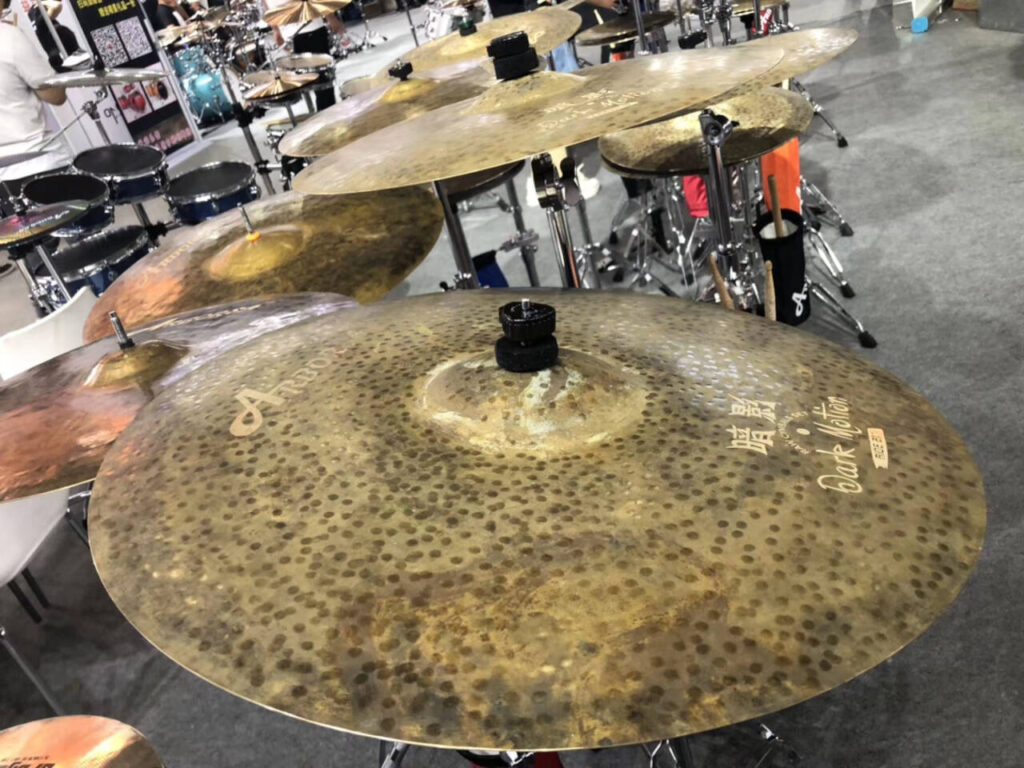1. Introduction to Cymbal Tightness
Understanding the correct tightness for your cymbals is crucial for achieving the best sound and ensuring the longevity of your equipment. Cymbals that are too tight can choke the sound, reducing their ability to resonate fully. Conversely, cymbals that are too loose can move excessively, potentially leading to damage or even falling off the stand during a performance. Striking the right balance is essential for both sound quality and the physical integrity of the cymbals. This guide will help you find the perfect balance between security and freedom of movement for your cymbals. By following these guidelines, you can ensure that your cymbals perform optimally and last longer. Whether you are a beginner or an experienced drummer, understanding cymbal tightness is a fundamental aspect of drum setup.
